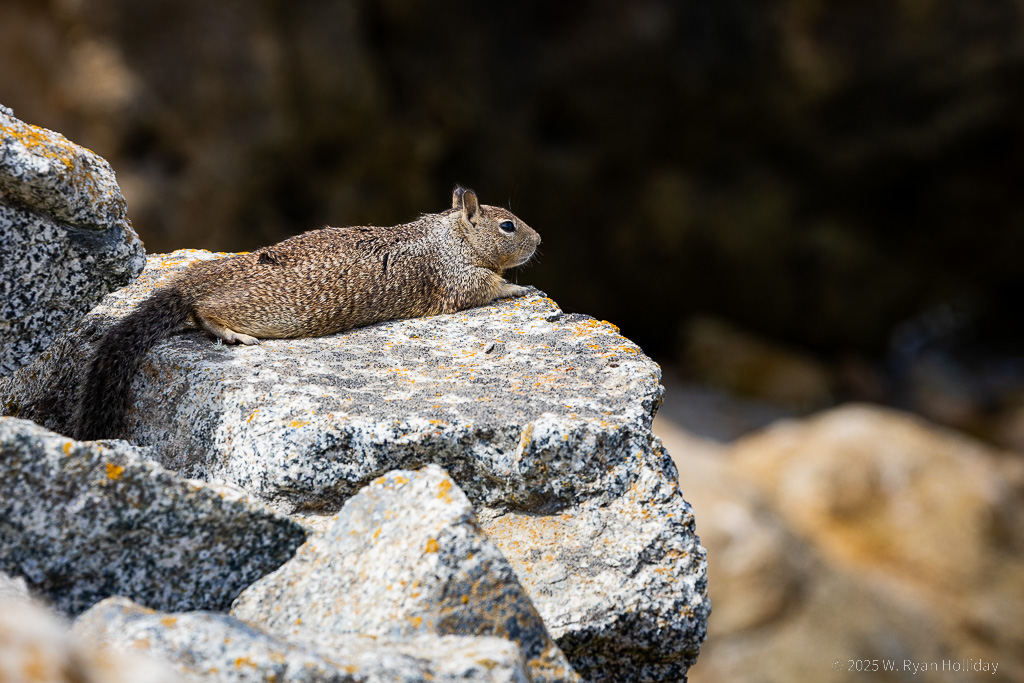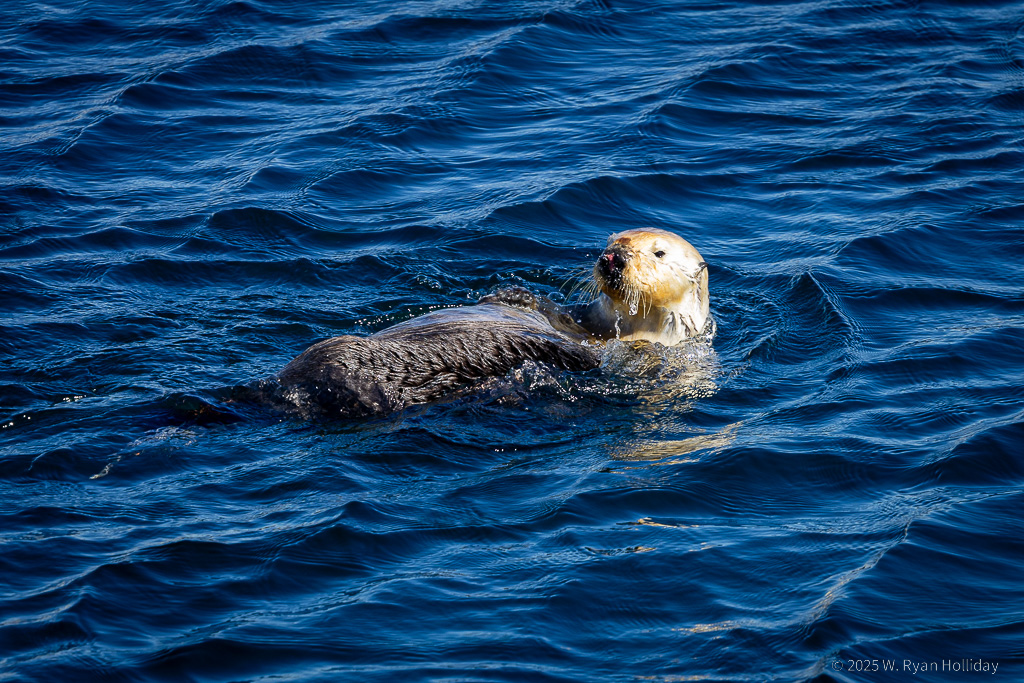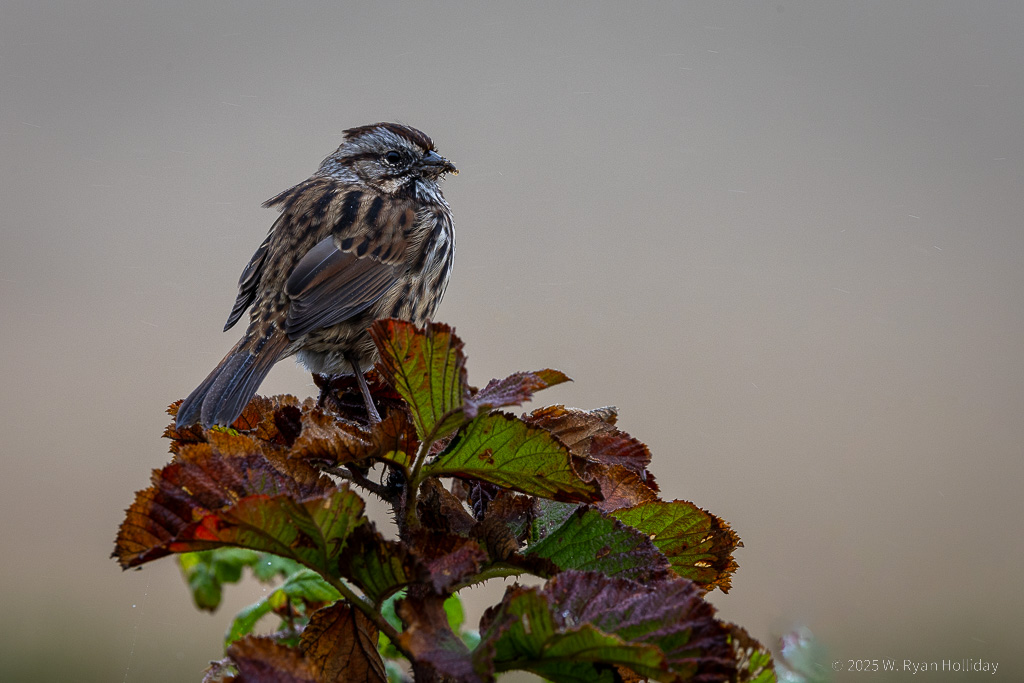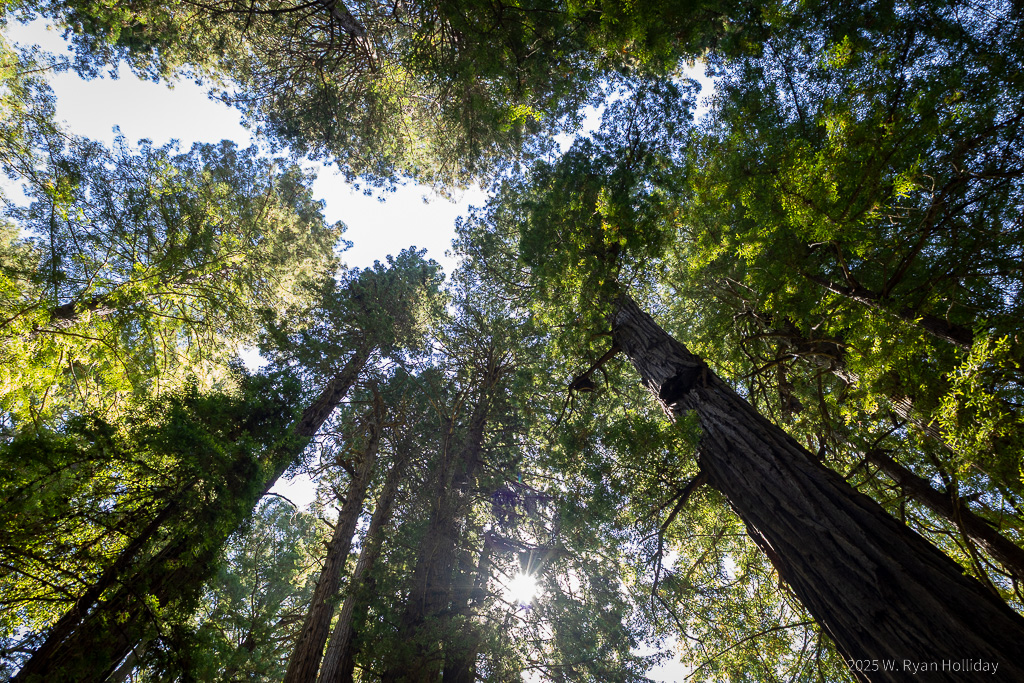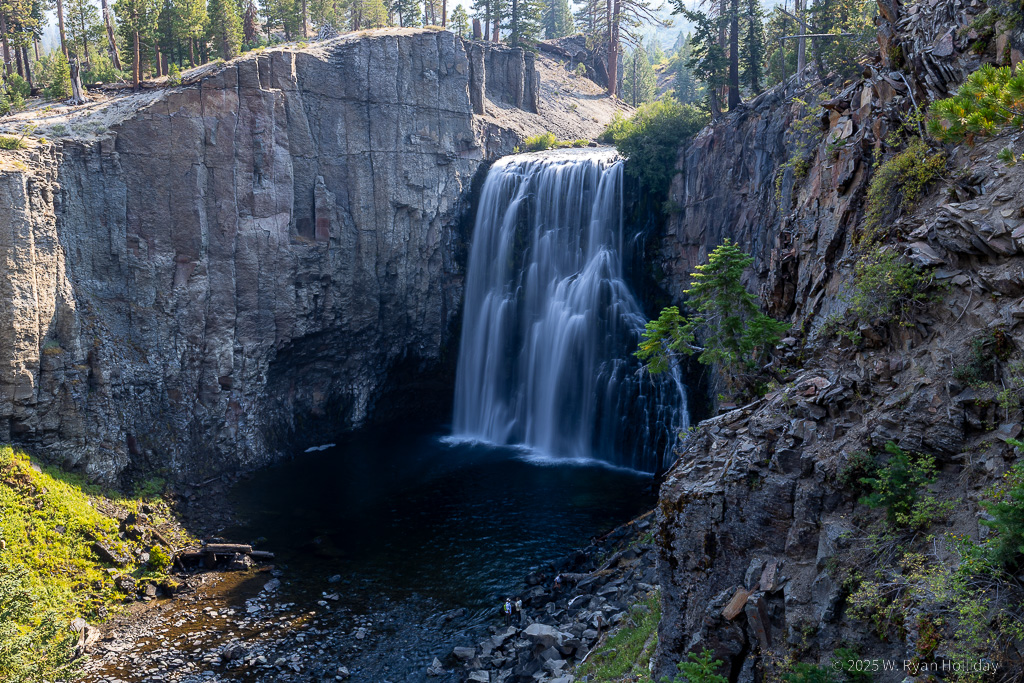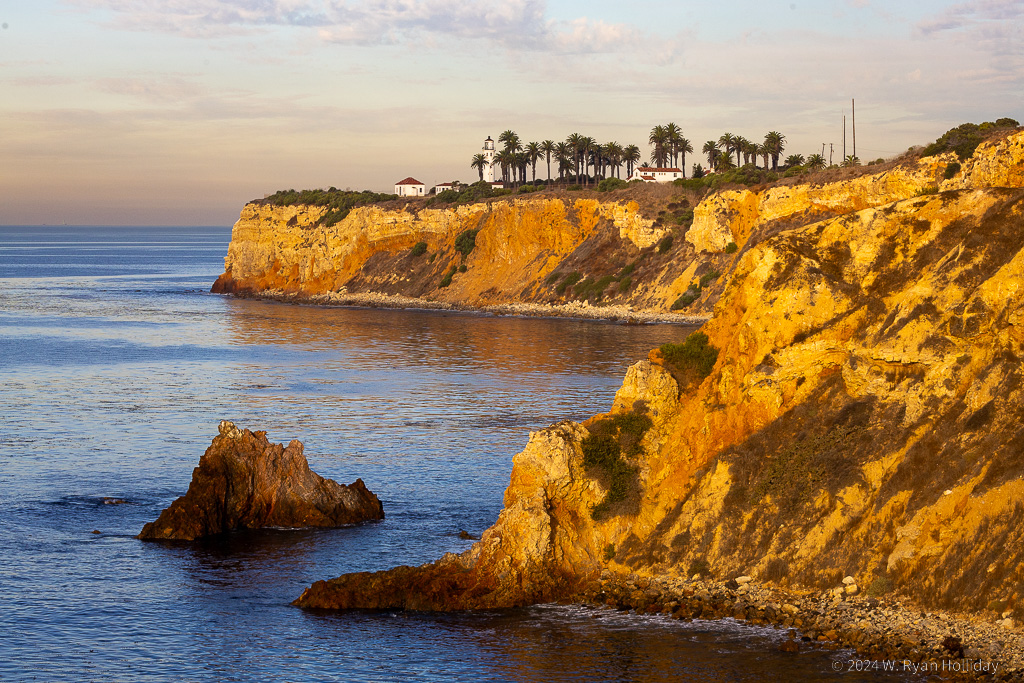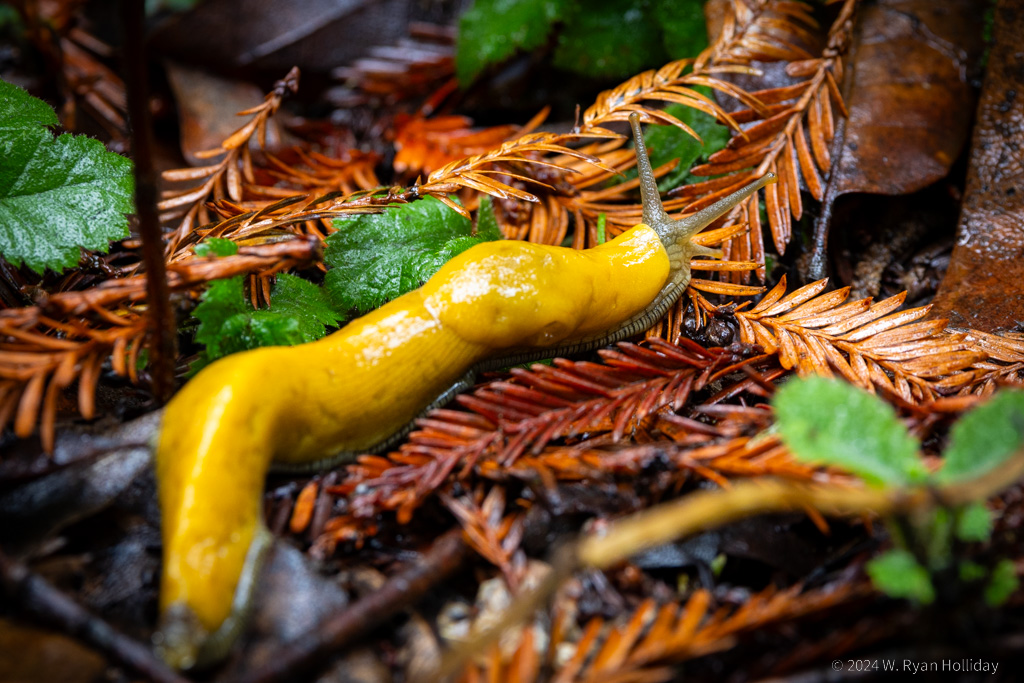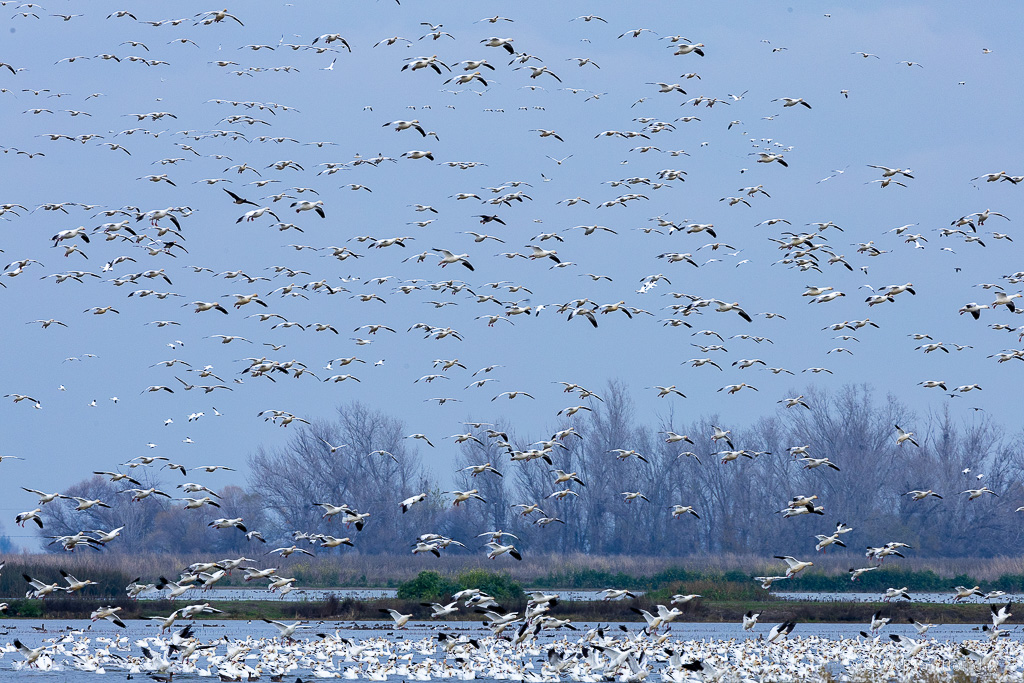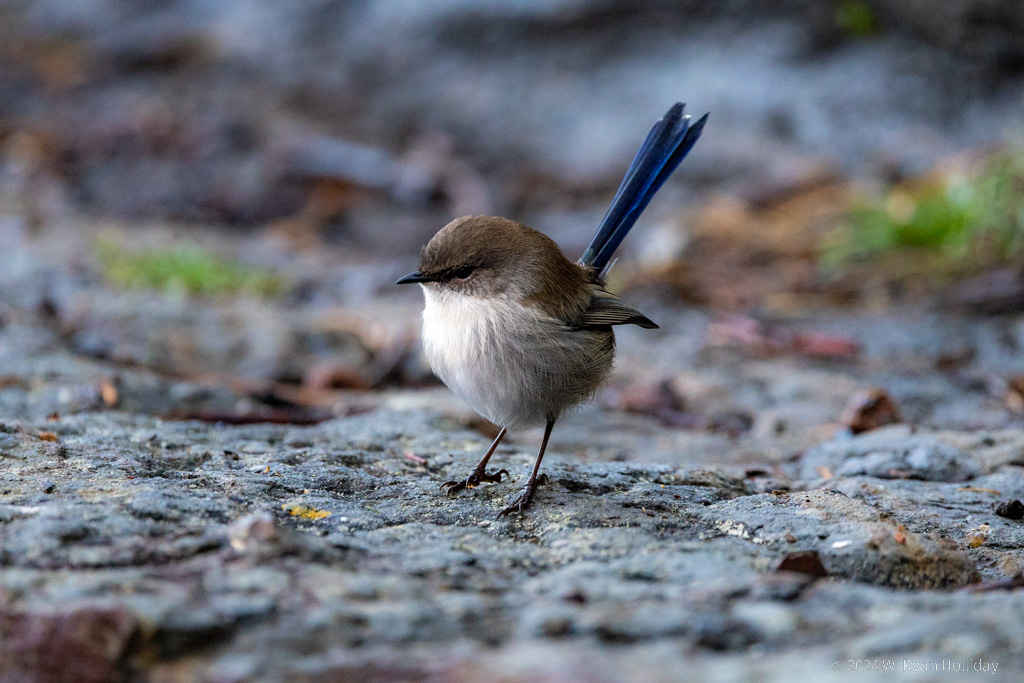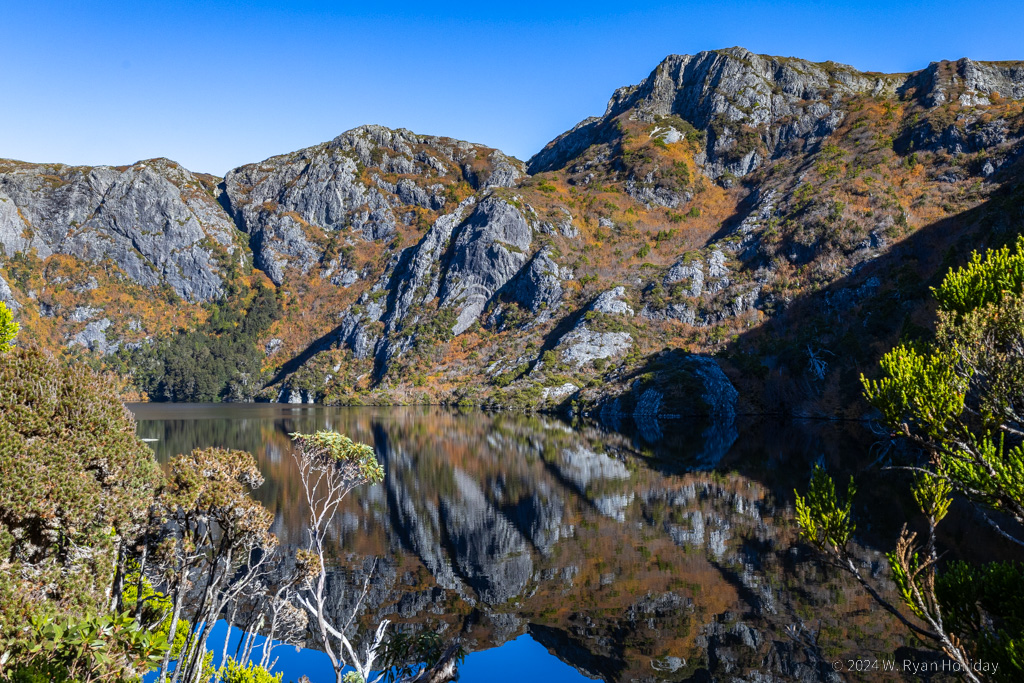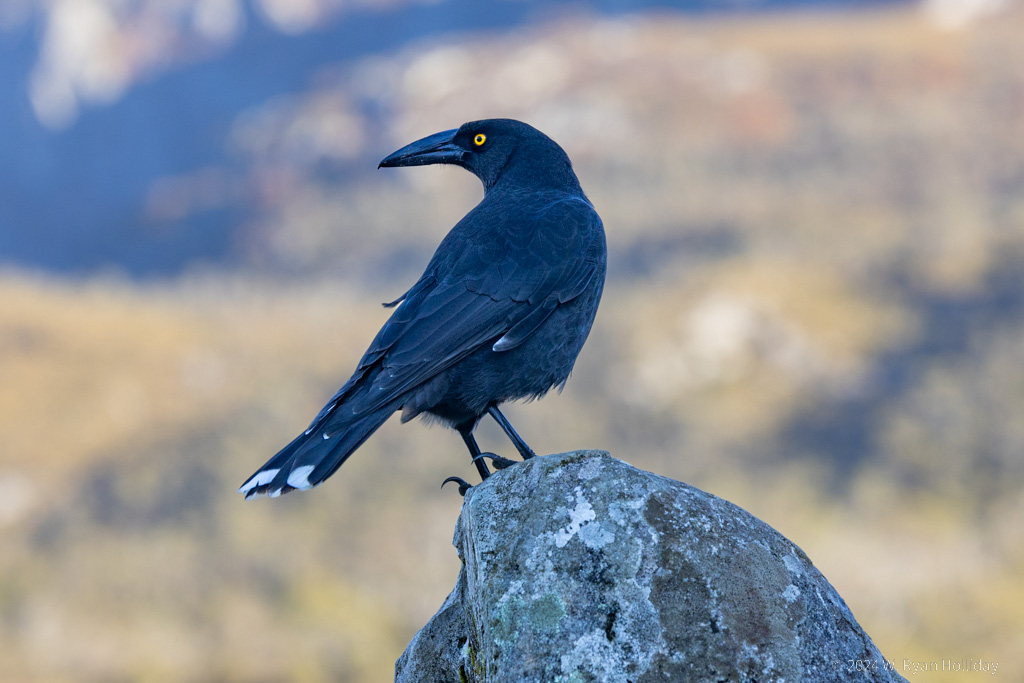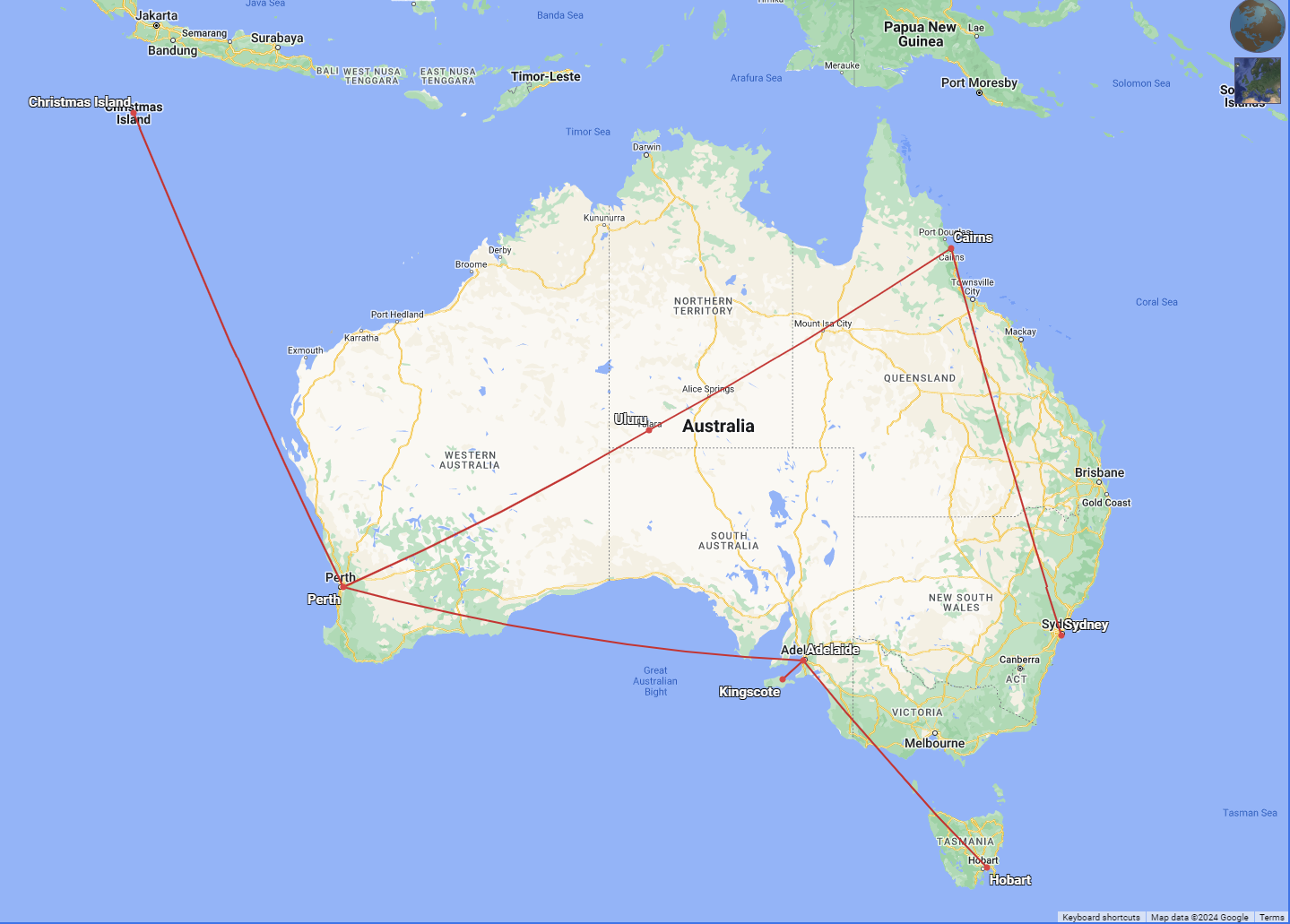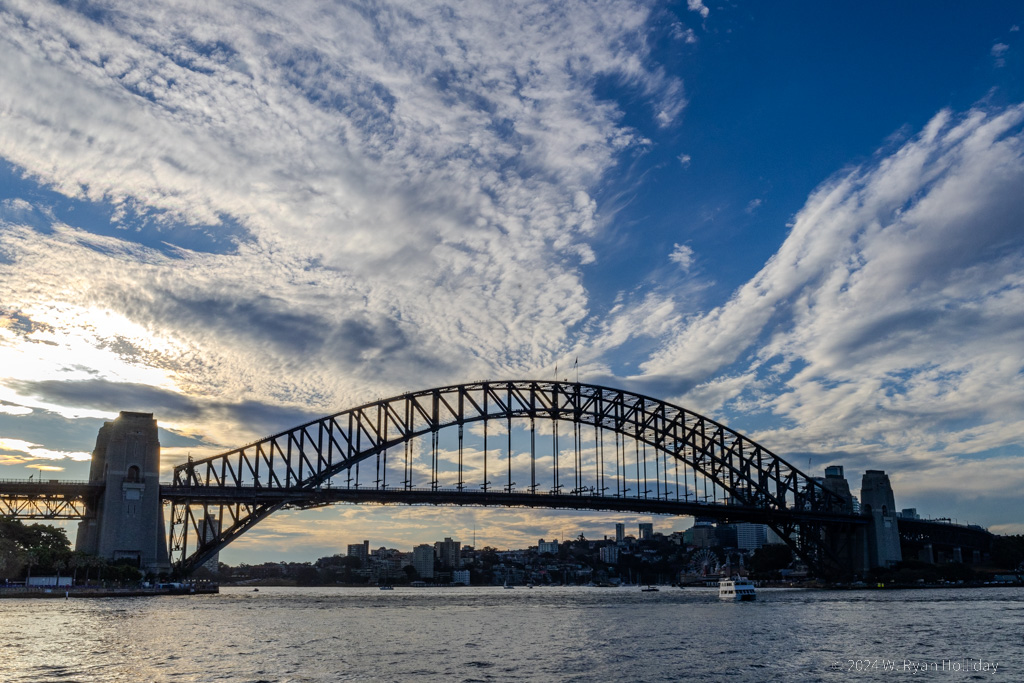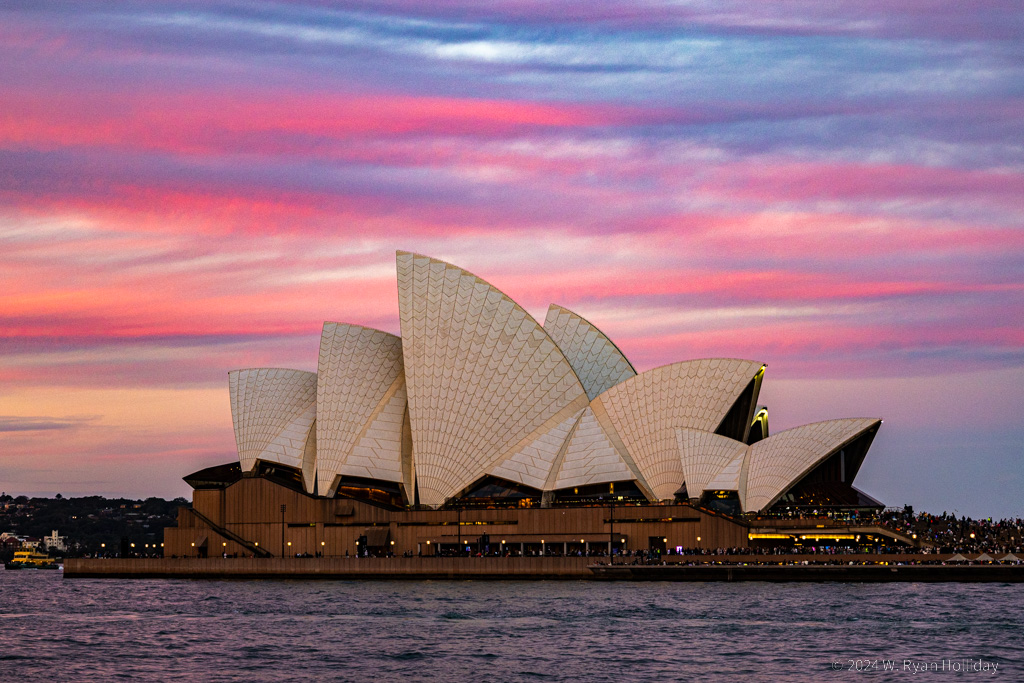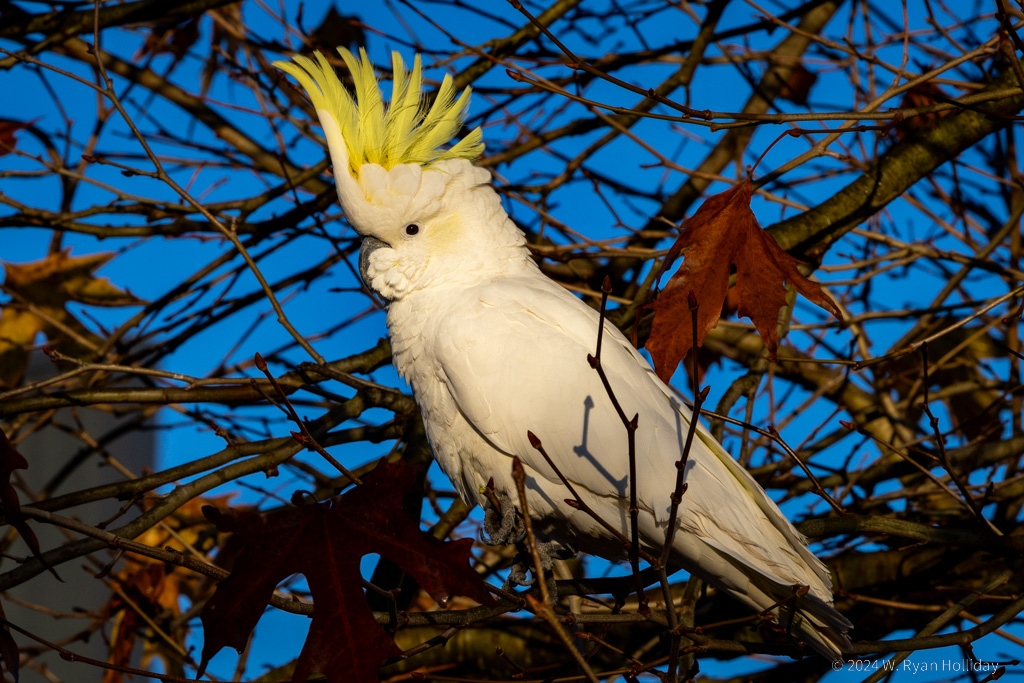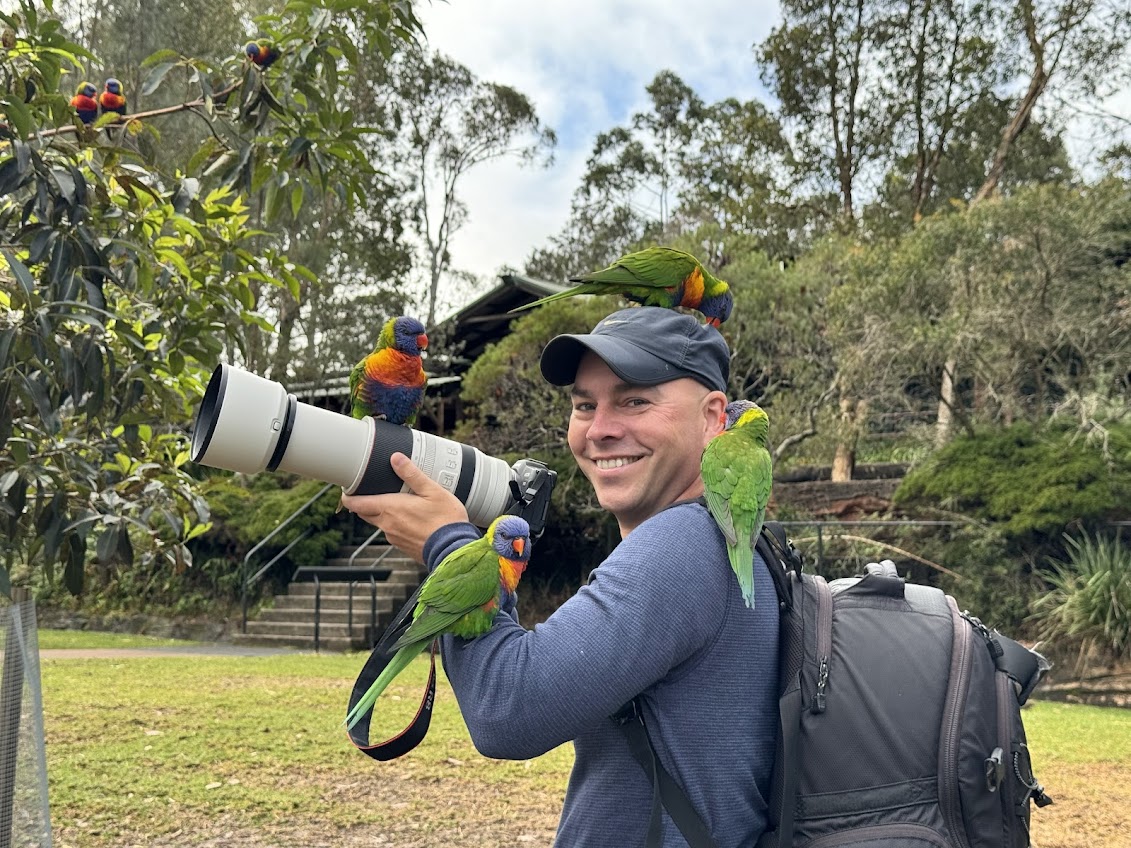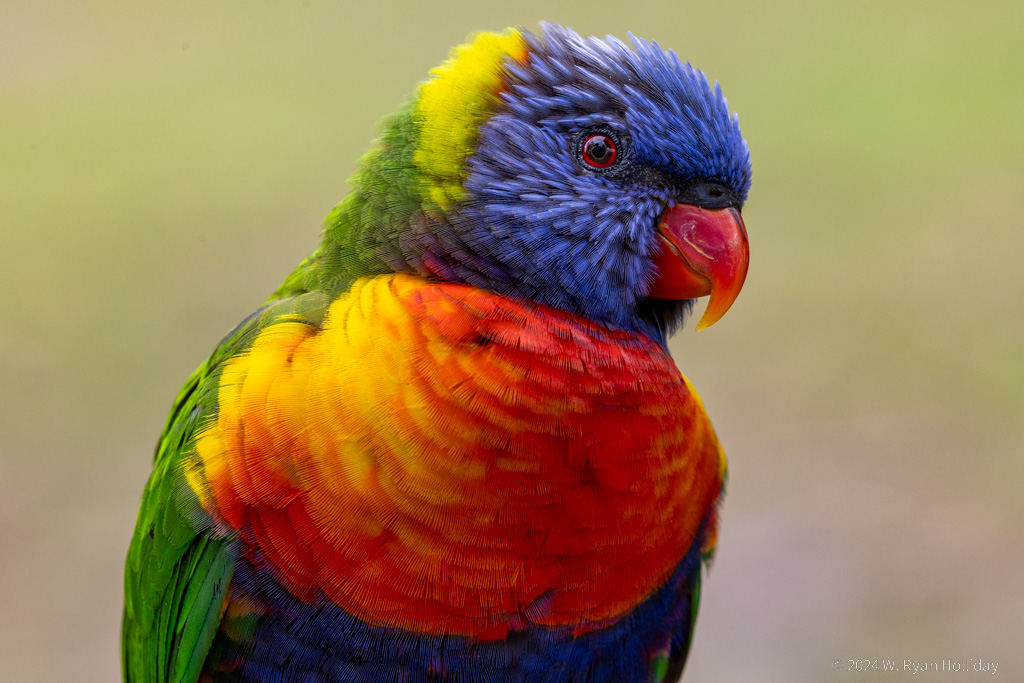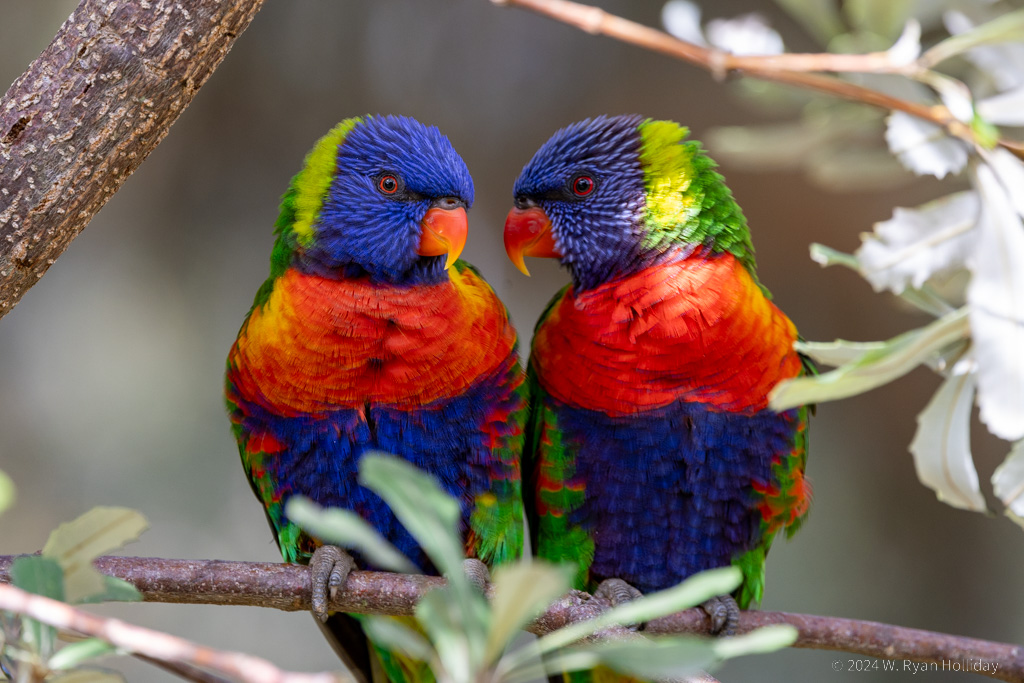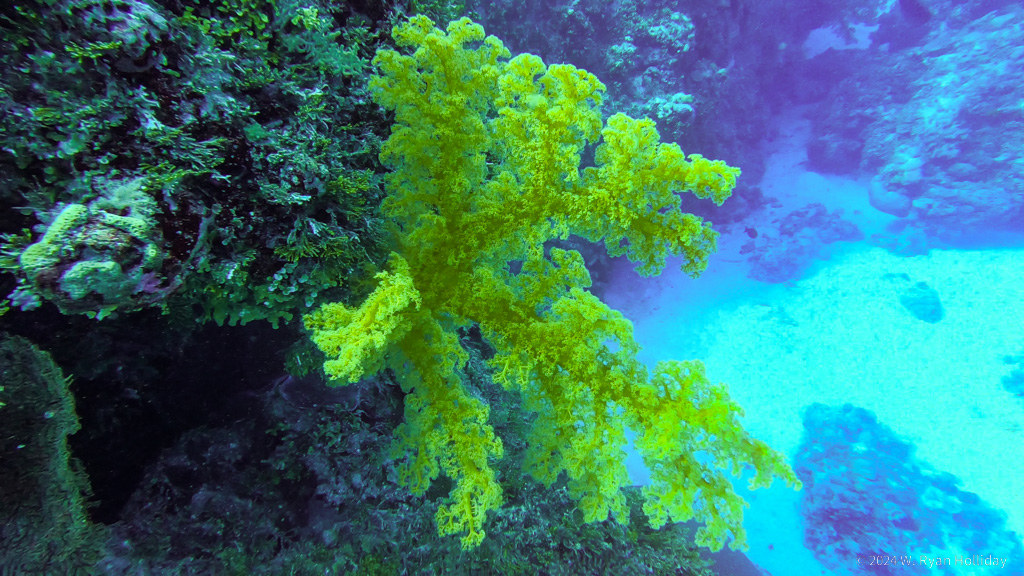Year 17 of my annual tradition of making predictions about the coming year is now complete, with the usual horrendous result. I took some big swings and struck out over and over again. For reference, here are the original predictions.
-
SpaceX will have 10-15 launches of its new Starship rocket by the end of the year, with at least one ship re-used.
WRONG. After three straight first stage explosions and a test stand explosion that limited their ability to do static fires, SpaceX ended the year with just five launches of their giant new rocket in 2025. I’ve been really disappointed in Elon Musk since his purchase of Twitter and his decision to pivot Tesla’s mission, but I still give him a lot of credit for starting a company that has revolutionized the space industry and given hope that we might achieve the future envisioned in 2001: A Space Odyssey during my lifetime.
-
The Browns will trade back from the #2 overall pick in the 2025 NFL draft and won’t draft a quarterback with their first selection.
CORRECT. The 2025 NFL Draft was the best in memory for the Browns. They picked up several players who look like future stars, grabbed an extra first round pick by fleecing the Jaguars in a trade for the #2 pick, and waited until late in the draft to pick a quarterback.
-
The Fantastic Four: First Steps will be a return to form for Marvel, and will gross over $1.2 billion worldwide and over $600 million domestically.
WRONG. Fantastic Four grossed $275 million domestically and another $247 million globally. I waited to watch it on streaming, and somehow Marvel made a group of superheroes that they are supposedly deeply proud of into a beautiful but totally forgettable movie.
-
A bubble in commercial real estate will seriously threaten the financial sector by the end of the year.
WRONG. While the commercial real estate market isn’t strong by any measure, there also doesn’t seem to be an imminent danger of collapse. At some point all of the AI companies are going to have to show how they can turn their giant new data centers into profits, but at least for now there isn’t an obvious threat to the wider financial sector.
-
Most of Trump’s cabinet nominees, including controversial picks like Pete Hegseth and Kash Patel, will be confirmed, but Tulsi Gabbard and RFK Jr will both be forced to withdraw.
WRONG. He got everyone he wanted including Gabbard and RFK. RFK in particular has been horrifying to me, but it takes a while for the impacts of poor leadership to become apparent, and I worry that it might be a decade or more before his attacks on health science will show up in future epidemics and a limited ability to fight them.
-
While industrywide electric vehicle sales numbers will continue to climb, Tesla’s sales will fall both globally and domestically by at least 10-15% in 2025.
WRONG. I overestimated the damage that’s been done to Tesla’s standing as their deliveries fell by 8.6% in 2025. That’s a huge fall, especially when industry-wide electric car sales were up over 20% globally, but it’s short of the predicted 10-15% fall.
-
The number of active users on Bluesky will surpass Facebook’s Threads by the end of the year, but won’t (quite) overtake
TwitterX.WRONG. Bluesky ended the year with about 40 million users, and while it’s tougher to estimate the number of Threads users with the way the Facebook combines its services, the number is definitely higher than Bluesky.
-
2025 will see the elimination of the debt ceiling.
WRONG. I really thought that Trump might do something I support and push to get rid of the debt ceiling since it forces Republicans to cast votes for something that they have spent their careers describing as an irresponsible evil, but instead they just increased it by a massive $5 trillion while cutting taxes as part of their One Big Beautiful Bill Act.
-
Boeing will sell or spin off its space division.
WRONG. While their new CEO has made some solid moves to get the company back on track, the troubled space division wasn’t up for sale in 2025 despite failures to compete with SpaceX or to fulfill their Starliner commitments for sending crew to the ISS.
-
The new Superman movie will underperform, with earnings similar to the 2017 Justice League movie.
CORRECT. The new Superman movie earned $354 million domestically and another $262 internationally, about $50 million less than the $661 million that Justic League made. While neither of those numbers are small, they weren’t the massive hits that the studio was hoping for given the giant budgets and character appeal of each film.
-
The high-speed train between LA-ish and Las Vegas will start major construction and actually gain support from Republicans.
WRONG. Construction of the Las Vegas station is underway, but aside from that there isn’t a lot of activity on the new Brightline West line, and politicians have been mostly silent about the project.
-
Lebron James will announce that he will retire after the 2025-2026 NBA season.
WRONG. At the time of writing Lebron is averaging the lowest points and rebounds per game since his rookie year, but there’s been no announcement that he’s planning to retire. I am forever grateful that he went back to Cleveland and won a championship there, but I’d like to see him go out as a still-great player rather than hanging on a little too long.
-
The NASA Space Launch System (SLS) will be on the chopping block by the end of the year.
WRONG. After a spat between Trump and Elon NASA went without an administrator for most of 2025, so there hasn’t been any change in the status of SLS.
-
American men will break the national records in the 800m, 1500m, 5000m and 10,000m.
WRONG. While they had the talent to break a lot of records in 2025, the stars didn’t align. The national records in the 5,000 meters and the marathon were both broken, but setting records in all five distance events was an admittedly tall order.
-
The trend of billionaires buying media companies will continue with at least one huge purchase.
WRONG. After buying Paramount, and with it CBS, Larry Ellison’s son tried to get Warner Brothers, and with it CNN, in 2025, but at least for now it looks like Netflix will be the winner in that acquisition.
Final score: 2/15. I think that’s the worst ever, but just wait for the 2026 predictions to set a new low. Looking back, none of the predictions seem too outlandish, so at least I can feel like I was totally wrong but with style.
